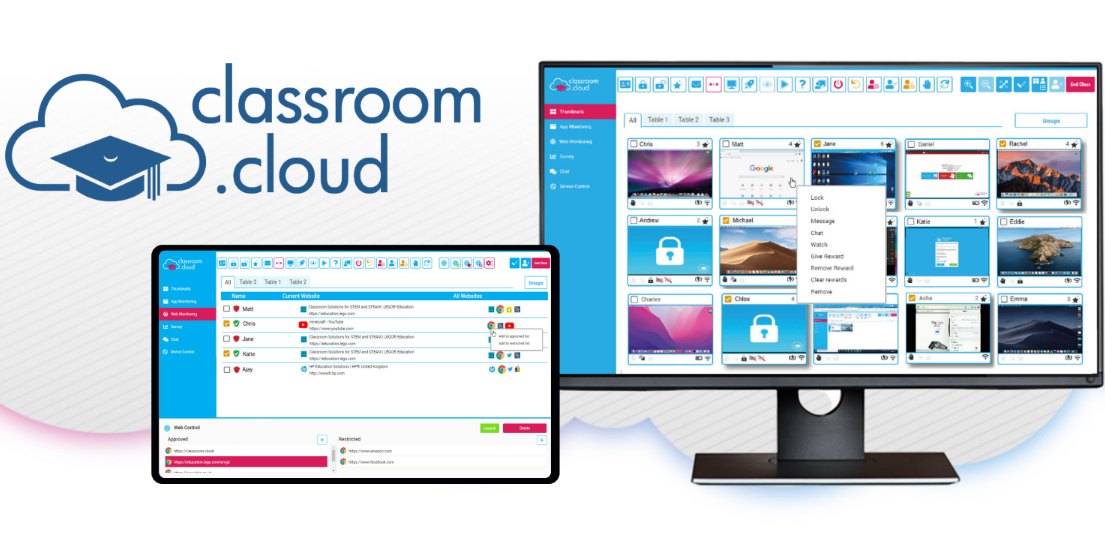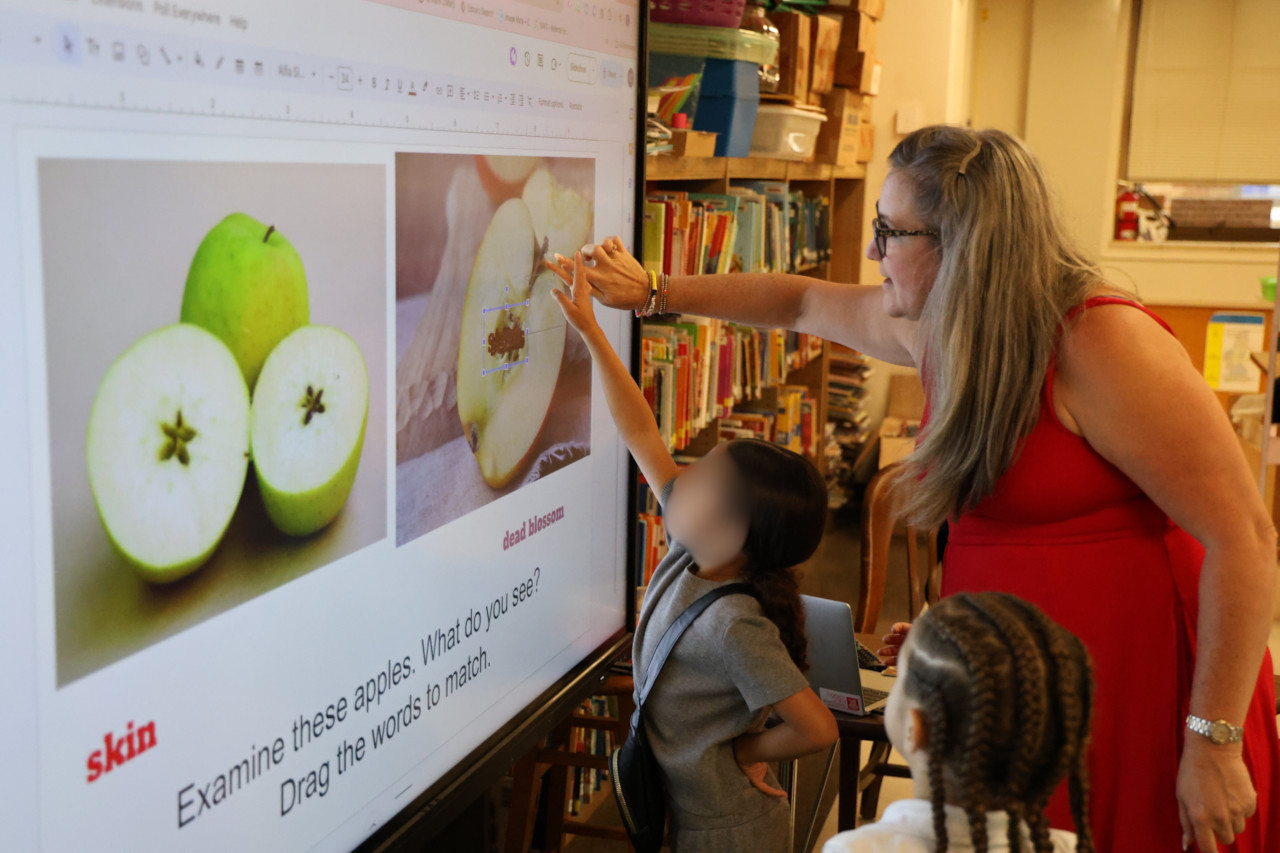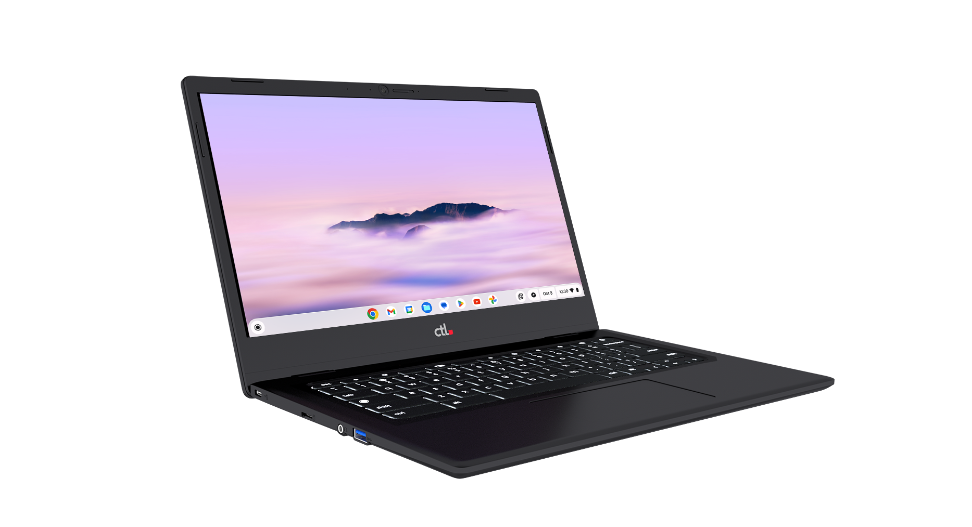Walking Amongst Atoms
During those early years of exploring the dazzling possibilities of computers in the classroom, I attended a technology conference in Raleigh, North Carolina. The event, organized by the local state supported university, was broader in focus than just education. Although I couldn’t think of any arena within which computer technology could be any more exciting than education, I attended with hopes of finding some new insights about tech in the classroom.
Toward the end of the day and my walk through the exhibit area I met David Alan Smith, the founder of a Cary, North Carolina company called Virtus Walkthrough. I didn’t know that I was conversing with someone who was already a luminary in the field. Among other accomplishments, David had recently created and launched The Colony, the first 3D interactive video game—a precursor to first-person shooter games. The Colony had just been named “Best Adventure Game of the Year” by MacWorld Magazine. Smith would later be involved in projects with Tom Clancy, Michael Crichton, and James Cameron. He would also go on to be a principal architect of the Croquet Project, an alternative to SecondLife.
In developing The Colony, he had created a software tool that he used to easily create and modify 3D virtual environments. Because this tool seemed to generate as much excitement as his award-winning game, Smith spun off another company, Virtus Walkthrough, offering the 3D virtual world building software as an end product. As I played around with it in his booth on a standard Mac, I began realizing all kinds of possibilities that I had only dreamed about until then. Intoxicated with excitement, I started asking about various educational applications. Probably in an attempt to get me out of his booth, Smith gave me a copy of the software and challenged me to take it as far as I could.
I played around with it, building and furnishing a small house that you could walk through and explore with a mouse. One of my last projects was a 3D water molecule. It included the oxygen atom that was represented by a sphere with a central nucleus, protons and neutrons, and eight electrons orbiting at the surface of the sphere. The oxygen atom shared two of its electrons with two similarly constructed hydrogen atoms, linking the three together.
One evening I was invited to participate in a careers event at my children’s elementary school. At some point, two 5th graders came over and asked what I did. I opened my Mac and showed the boys my 3D water molecule. They took over the mouse, moving themselves inside of the oxygen atom, asking questions, and gliding through and out of the other atoms and back in again.
They spent about five minutes driving through the inside and outside of the connected virtual structures, chattering the whole time. As their parents started to call, I asked the two students several questions about the nature of molecular structure, and they provided far better answers than I had been capable of after high school chemistry.
I learned about atoms from 2D representations on paper and chalk board, and descriptions that I read and was taught. Yet these 10-year-olds seemed to be grasping how atoms and molecules operate, because they not only had a 3D representation, but one that they could personally experience. I suspect that they learned because it provoked them to use their imaginations—and not to just simply understand.
Tech & Learning Newsletter
Tools and ideas to transform education. Sign up below.











